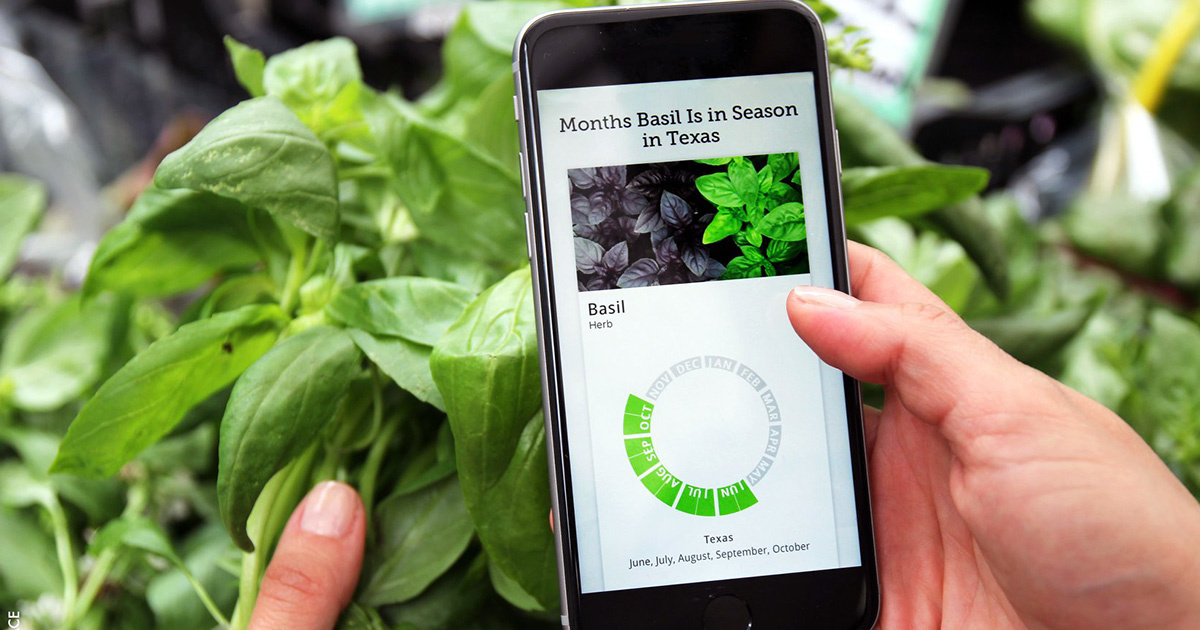
Find Out Your ‘Foodprint’: New Website Helps You Shop, Cook and Eat More Sustainably

Two days after World Food Day, an innovative nonprofit has launched a website to help you reduce the environmental impact of the food you eat.
FoodPrint, designed by GRACE Communications Foundation, was created to educate consumers about everything that goes into common food items, from farm to fridge, so that they can make sustainable choices.
“Your ‘foodprint’ is the result of all of everything it takes to get your food from the farm to your plate. Many of those processes are invisible to consumers,” the website explains.
https://youtu.be/Kn5p5hOHLXg
FoodPrint
youtu.be
GRACE Communications Foundation is all about spreading awareness about the environmental and public health impacts of the industrial food system in order to promote more sustainable alternatives, and its latest venture offers all sorts of tips for food lovers looking for greener diets.
Here are some of the highlights of how you can shrink your foodprint at all stages of the meal prep process.
- Look for Good Labels: The site offers guides by food type for which labels guarantee certain standards, which are less stringent and which are just marketing ploys. For produce, for example, USDA Organic and Demeter Certified Biodynamic are the best bets, while terms like “natural” or “pesticide free” are basically meaningless.
- Choose Low-Impact Foods: The Real Food Encyclopedia assesses the sustainability of more than 200 common foods, and also offers facts and cooking tips. In the U.S., wild rice is grown with water intensive methods in California, which is suffering from increasing drought. Barley, meanwhile, uses a relatively small amount of water and helps prevent erosion and weed growth.
- Eat Seasonably: The Seasonal Food Guide uses data from the Natural Resources Defense Council, the U.S. Department of Agriculture and state agricultural offices to offer the most comprehensive guide to what is in season in all 50 states.
- Plan Ahead: The post “15 Easy Ways to Reduce Food Waste” offers helpful tips for planning meals to avoid throwing things away, from creating a menu based around ingredients you already have to making sure you don’t buy more than you can use.
- Use All of the Foods You Buy: The post “Cook Like a Chef to Reduce Food Waste” explains how cooks around the world have crafted recipes to use all of an ingredient, even when it’s less than fresh. A tough rooster can be the base for a succulent coq au vin, broccoli leaves are delicious and stale bread can be turned into breadcrumbs.
- Reduce Storage and Packaging Waste: From plastic shopping bags to disposable storage containers to paper napkins, there are a lot of non-food items that can get wasted in the kitchen. “Keeping Kitchen Waste to a Minimum” offers solutions like reusing plastic packaging containers as storage, washing and reusing free bags and heading to flea markets for cheap cloth napkins.
- Support Sustainable Restaurants: Guides like Certified Green Restaurants or Zero FoodPrint can help you find restaurants that have committed to using sustainable food, reduced packaging and less water, among other concerns. The Restaurant Opportunities Center‘s National Diner’s Guide can help you find places that have committed to paying their staff a living wage.
- Check the Menu: If a restaurant isn’t certified, you can check the menu to see if it offers local, seasonal produce or is trying to serve asparagus in January in the Midwest.
- Reduce Waste: If you are eating in or getting takeout, you can reduce food and packaging waste by sharing menu items, taking leftovers home and bringing your own reusable straws or drink containers.
Food's Environmental Impact Varies Greatly Between Producershttps://t.co/QOjlhSZUsG
HT @cnconnollylab #food #footprints
Not just the food – but how they are produced pic.twitter.com/YBHLNjaRCn— Doing Things Differently (@dtdchange) June 25, 2018

 233k
233k  41k
41k  Subscribe
Subscribe 